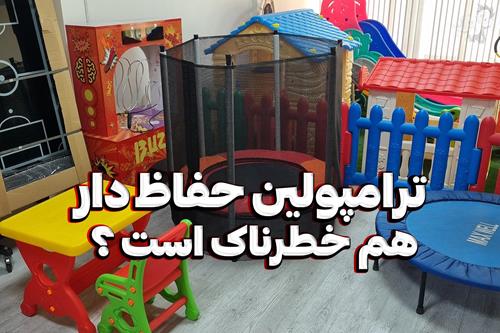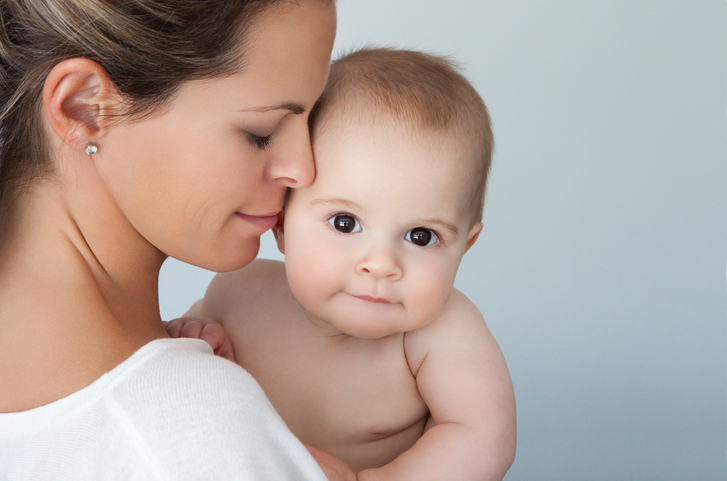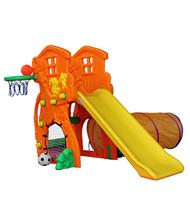




Air hockey on the table is an exciting and fun sport

Introducing the game Hand Speed or Handix

The prominent role of video game consoles in the evolution of amusement parks

Augmented reality in the city of modern games

Park and outdoor products - beauty, safety and entertainment in the field of playground equipment

New playground equipment, a look at the latest technologies in 2024

Kindergarten teacher training complete guide

Kindergarten equipment is a complete guide to providing a safe and educational environment for children

Installment purchase of playhouse and kindergarten equipment, advantages and disadvantages

Kindergarten supplies exchange in Tehran

Kindergarten equipment and supplies
How to safely hold the baby's head and neck
no equivalent
If you're terrified of caring for your fragile baby, you're not alone. Follow these tips for safe baby care and you'll definitely feel like a pro afterwards.
"My baby looks so fragile - that loose head and neck, those little hands and feet - I'm afraid I'm going to break something every time I wear him or pick him up. How can I make sure I don't?" and not hurt him"
All new parents worry about hurting their baby when they first bring their tiny, soft, and very fragile baby home from the hospital—and anyone who says otherwise is showing a lot of confidence. . So you really are not alone in your concerns.
But here's the truth every time you get ready to pick up your baby: There's no way you're going to hurt his body. That young, helpless baby is actually an incredibly resilient little being. And just try to take care of the baby by doing normal baby care like changing clothes, rocking him to sleep or giving him a bath, no matter how clumsy you seem, just do everything carefully
The good news is: this phase will pass before you know it. By the time your baby is 3 months old, he's out of this wobbly jelly stage and has gained good control over his bouncy head and sloppy limbs, looking more like a sturdy baby—and less like a rag doll. arrive And you'll put my baby through the experimental, scary-I'm-breaking stage and move him around like a normal kid.
Until then, these tips can increase the comfort factor around your not-so-fragile baby, even on days when you're feeling your most fragile.

You know you need to hold and support your baby's head and neck whenever you pick him up. But if you place him with one hand supporting his head, neck and spine and place your other hand under him for sufficient support, it becomes easier. If you touch those soft spots (called fontanelles) on his head, don't worry—they're well protected by a tough membrane. And if your baby's bum falls back and forth a little while you're trying to complete the move, don't worry—he's fine. (Never shake your baby, of course, as this can cause serious injury.)
From shirts that tie at the side (and, once the belly button is in, with wide collars), sleeping bags, and clothes that zip or fasten all the way to the bottom. Close it tightly until you feel that the child is comfortable. Cover your baby's head. Avoid cute but non-standard clothes. All those diaper changes and drools on your baby's mattress will give you enough time to change the baby's clothes again... and again... and again (WHAT! He spit up again! Change the same shirt!). On the plus side, you'll soon feel like an old pro in this game-changing game.
Enjoy taking care of your beloved baby!
Author and translator: Ali Asghar Alizadeh
Whattoexpect website source




 Category
Category
